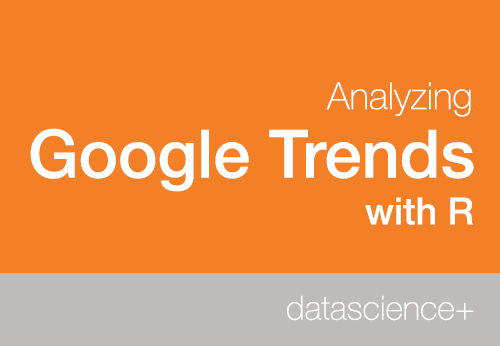

To preview the collected data, follow these steps: The Overview page of the newly created datastream is now displayed.

The fetch collects data from Google Trends which takes some time. Previewing data collected from Google Trends To collect the initial data, follow these steps:Ĭhoose the time period for which data is collected. For more information on destinations and their configuration settings, see Introduction to the Destinations page. To assign destinations to your datastream, select their checkboxes. To choose where to transfer your data, follow these steps: In Preset override, select the time step in which the data is returned. In Category, select the category for which to collect data. (Optional) Select Isolate keywords to split the selected keywords into columns in the data extract. If you select Related topics in Report Type, you can only select one keyword. In Keywords, select up to five keywords for which to collect data. For more information, see Advanced Google Trends tips. The selected report type determines the additional fields to populate. In Report type, select the type of data to collect from Google Trends. To choose what data to collect and customize the Google Trends datastream configuration, follow these steps: To continue creating a datastream, repeat the previous steps and select the newly created authorization from the list of existing authorizations. If you select Send an access request, you will be redirected to the Authorizations page. If you already have an authorization to Google Trends, choose an existing authorization. In the Email field, enter the email address of the person you want to ask to authorize the new authorization. In the top right corner, click + Create datastream.Ĭlick Setup a new authorization and set up the new authorization with your own login credentials.Ĭlick Send an access request to ask someone else to set up the new authorization. Select the workspace you work with in Adverity and then, in the platform navigation menu, click Datastreams. To connect to Google Trends, follow these steps: Creating a datastream using Google Trends Connecting to Google Trends This is because the data collected from Google Trends is in the time zone UTC, whereas the data displayed in the Google Trends user interface uses the time zone of the host system. There may be a discrepancy between the data displayed in the Google Trends user interface and the data collected from Google Trends that is displayed in Adverity. LimitationsĬollecting data from Google Trends comes with the following limitations: The datastreams collect information from the same source, with the same login credentials, with different configurations. You can create several datastreams using the same authorization. Adverity stores this authorization information in an authorization, and stores the data collection configuration in a datastream. When you connect to Google Trends through Adverity, you authorize Adverity to access your account. Understanding datastreams and authorizations
#Google trends data science how to
This guide explains how to collect data from Google Trends and preview the data.


 0 kommentar(er)
0 kommentar(er)
